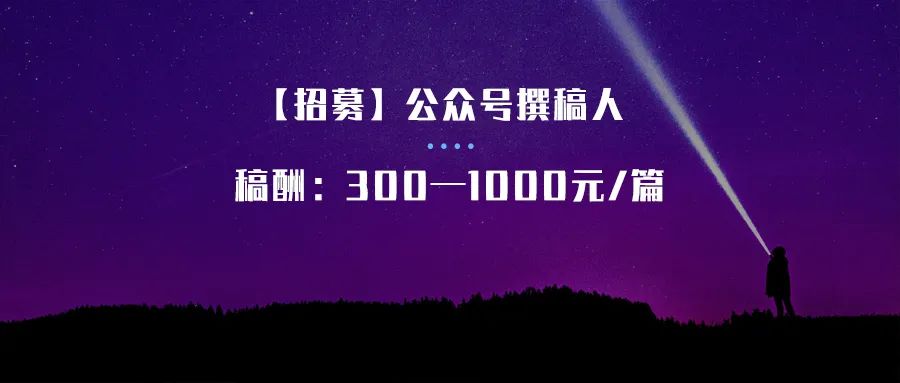
Promotional Space (Non-Business)
LCD technology has been thriving for over 50 years. In the past decade, the wide-view LCD technology route has completely diverged into two categories: vertically aligned soft screens and horizontally aligned hard screens. PSVA, HVA (CSOT), and UV2A (Sharp) belong to the soft screen VA technology; while horizontally aligned hard screen technologies are represented by FFS, ADS (BOE), IPS (LG), PLS (Samsung), and AHVA (AUO).
In this flourishing technological competition, how do the two types of technologies perform?
Let the factual data and time tell us.
In the past decade, FFS/ADS hard screen technology has made significant progress, becoming the dominant technology in five major mainstream markets: smartphones, tablets, laptops, monitors, and televisions, while VA soft screen technology holds some share only in the curved monitor and television market.
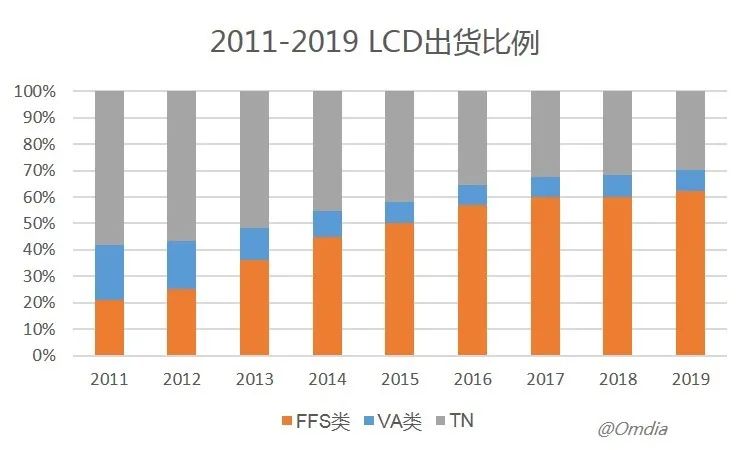

Except for traditional hard screen LCD manufacturers like BOE and LG, all other soft screen LCD manufacturers are developing and producing hard screen LCD products. Hard screen technology has become the absolute mainstream in the entire LCD market.
In terms of market share in display panels, why is FFS/ADS horizontally aligned hard screen technology stronger than VA vertically aligned soft screen technology? This must start with a discussion on the strengths and weaknesses of FFS/ADS and VA technologies. We will compare them in terms of manufacturing costs, viewing angles, response times, image quality, color uniformity, and refresh rates.
Manufacturing Cost
PSVA is a variant of traditional VA technology in the liquid crystal alignment method. It requires optimization and changes in materials and processes, as shown in the following process:

Compared to the FFS technology, which only requires friction or polarized UV exposure for alignment, both the liquid crystal material cost and process cost of PSVA have increased significantly.
Viewing Angle
According to traditional definitions of viewing angles, which only consider the impact on contrast, true professionals understand that this is a very comprehensive indicator. Especially for large sizes, brightness, contrast, and color differences will greatly affect the viewing experience at front and side angles. VA vertical alignment technology achieves a self-redemption of viewing angle performance through four-domain pixel electrodes, utilizing liquid crystal molecules’ flipping in four directions. The side viewing angle brightness and contrast decay is improved compared to TN and other ordinary viewing angle LCD technologies, but there remains significant color shift deficiencies, and even with compensation films, the situation is still not optimistic. The eight-domain design improves color shift by applying different voltages to two four-domain partitions within a pixel, but even compared to FFS class horizontal alignment LCDs without compensation films, there remains a considerable gap. The genetic makeup of FFS/ADS horizontal alignment technology determines its inherent excellence in viewing angles, achieving far superior side viewing angle display effects without the need for compensation films.
I still consider myself rigorous; this time I share from the perspective of color shift and introduce the concept of JNCD. JNCD is the smallest unit of color change that the human eye can distinguish, and it is also a popular parameter for evaluating panels by companies like Samsung and Xiaomi. The larger the corresponding angle, the better the product’s color shift performance. For example, in the evaluation results of a 65-inch 8K TV, as shown in the following image, the performance of FFS/ADS products far exceeds that of a certain VA product.

Response Time
PSVA adopts a “polymer stabilized” method for alignment, where the initial alignment angle of liquid crystal molecules relative to the electric field is very small, requiring the majority of liquid crystal molecules to rotate nearly 90 degrees during the driving process; whereas FFS/ADS horizontal alignment technology generally has the liquid crystal molecules’ alignment angle relative to the electric field at over 5 degrees, requiring only an 80-degree rotation during the driving process, and most liquid crystal molecules do not need to rotate to the extreme angle. The response time of FFS class horizontal alignment LCDs significantly outperforms PSVA LCDs.
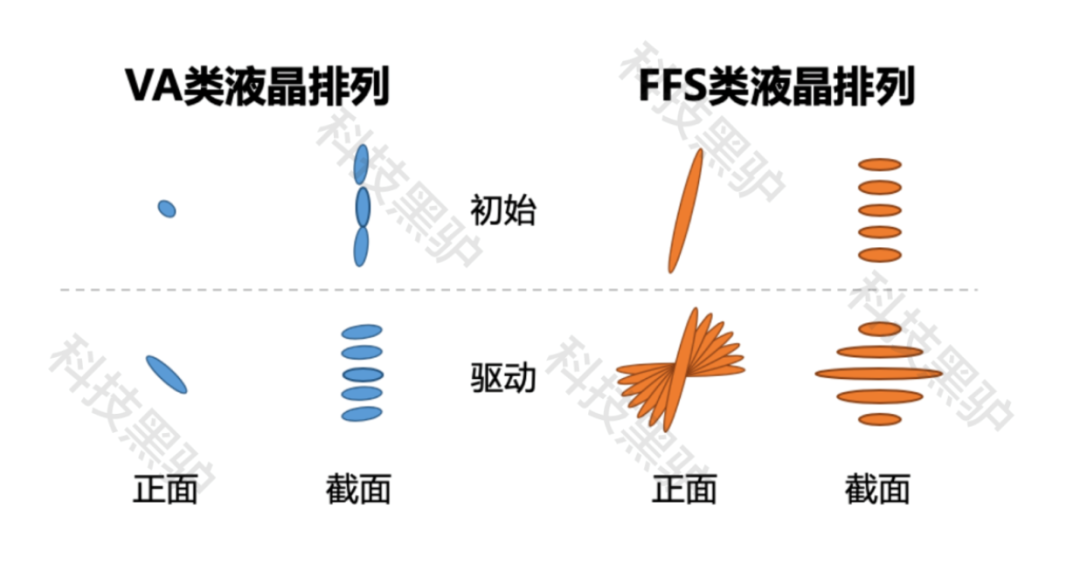
Image Quality
From the pixel structure, it is evident that another significant disadvantage of VA technology is that Vcom is located on the CF side, which is too far from the pixel electrode, leading to insufficient storage capacitance. This necessitates setting additional Vcom wiring on the TFT to increase storage capacitance, thereby occupying valuable pixel opening area and ultimately affecting transmittance. In high-resolution 8K products, the pixel opening area is already insufficient, and the additional storage capacitance further reduces transmittance. The lack of storage capacitance also easily leads to flickering issues.

Color Uniformity
VA technology suffers from insufficient dispersion of liquid crystal molecules in the driving state, leading to significant differences in the light efficiency changes of red, green, and blue colors at different gray levels. The gray scale curves (Gamma) of red, green, and blue can only be modulated separately, which not only increases the difficulty and cost of design and manufacturing but also amplifies color differences caused by backlight brightness and gap non-uniformity, thereby affecting brightness and color uniformity.
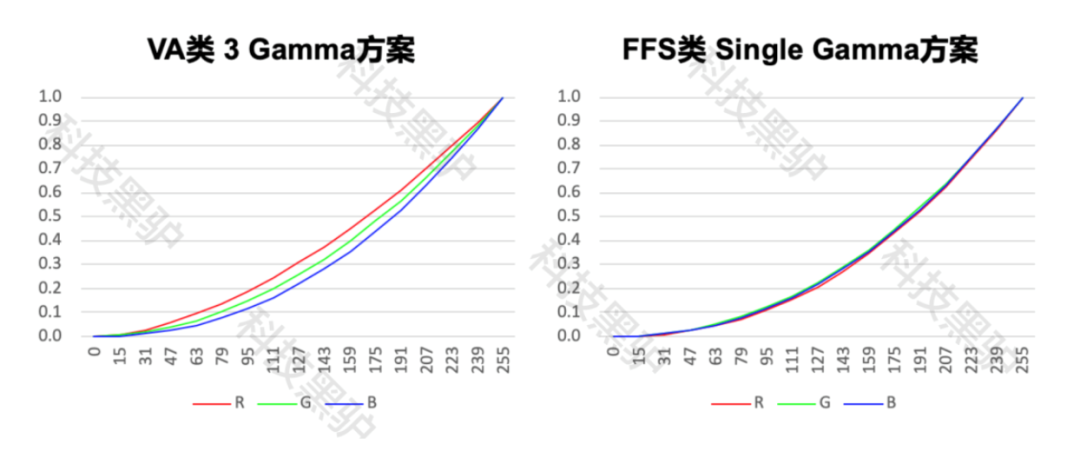
Refresh Rate
Speaking of the 2G2D solution, one might trace back to the global premiere of 8K in August 2013. To reduce the sense of time distance, let’s take a look at the truth from products available on the market!!! The domestically launched “75D8K” ADS hard screen inside has a 1G1D pixel structure; in contrast, most VA class 8K products on the market still use a 2G2D solution (specific data is not provided here, as I do not want to expand the attack surface). The reason is that the main threshold for achieving high refresh rates lies in sufficient storage capacitance and adequate charging. VA technology’s storage capacitance is inherently small, and high resolution significantly compresses charging time. For high-resolution high-refresh-rate products, one must resort to a 2G2D driving method, indirectly achieving the effect of a high-resolution high-frequency drive through two sets of simultaneously conducted low-resolution high-frequency drives. However, if a 2G2D driving method is adopted, the extra data signal lines and switch signal lines will greatly reduce the opening rate, thereby necessitating the abandonment of the eight-domain pixel design to reduce transmittance loss, resulting in a significant decline in side viewing angle performance. For VA technology, creating high-refresh-rate products constantly requires weighing various trade-offs, making it challenging to achieve both, easily falling into a vicious cycle. A comprehensive display of various indicators: simply put, VA class scores 90 points from the front but fails from the side; FFS/ADS scores 360 degrees without dead angles.
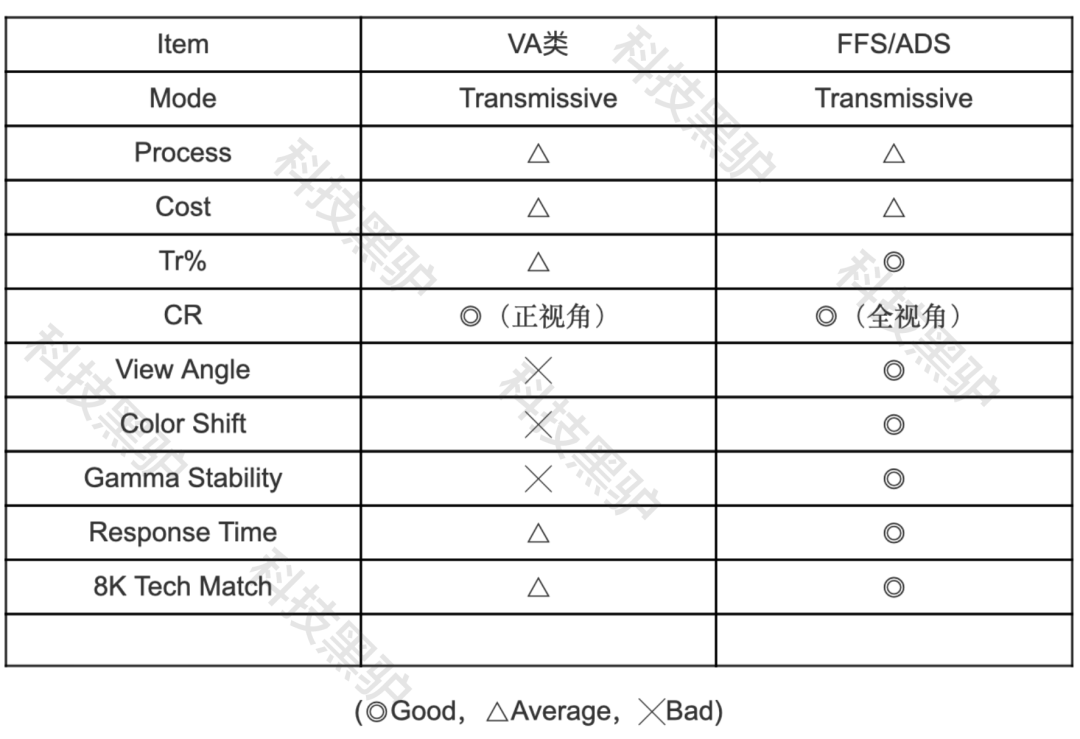
In summary, FFS class horizontal alignment hard screens, with their low manufacturing costs, wide viewing angles, faster response times, exceptional image quality, uniform colors, and high refresh rates, have become the absolute mainstream display mode of TFT-LCD. The multiple advantages of hard screen technology also make it the ultimate choice in LCD technology.
 Welcome to Submit Results for Promotion
Welcome to Submit Results for PromotionReprint/Cooperation/Group Submission, please add WeChat:447882024
Banner Area
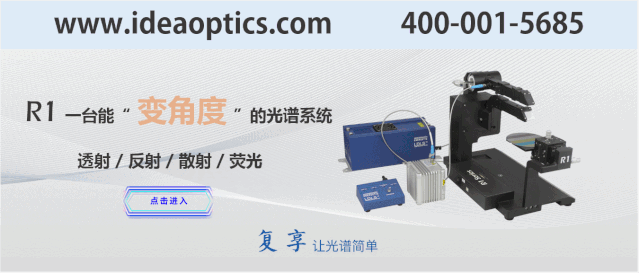
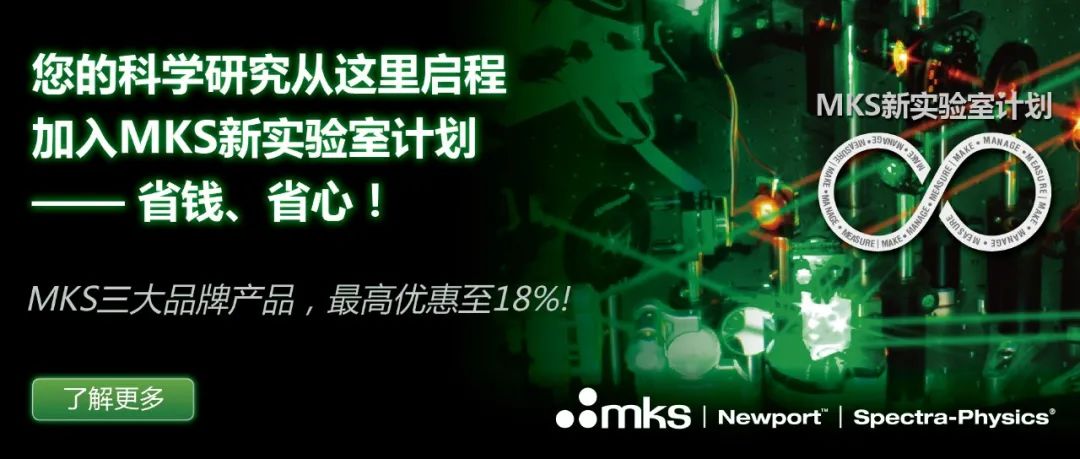
Previous Recommendations
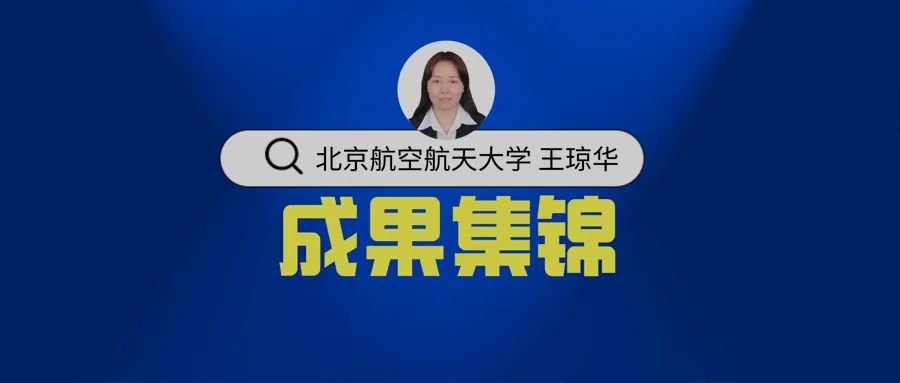
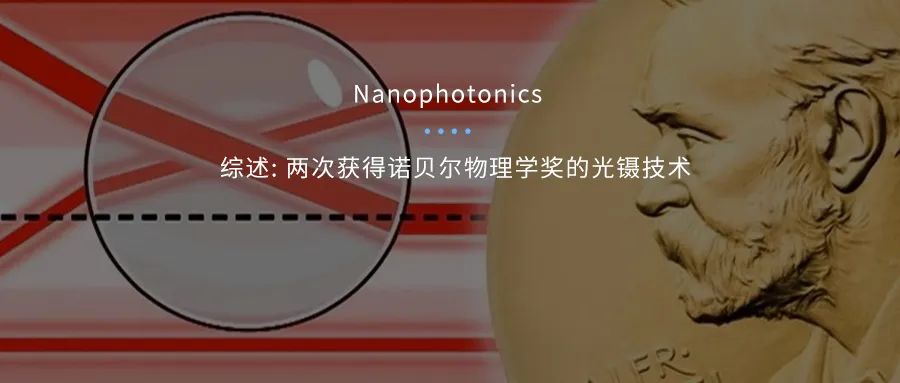
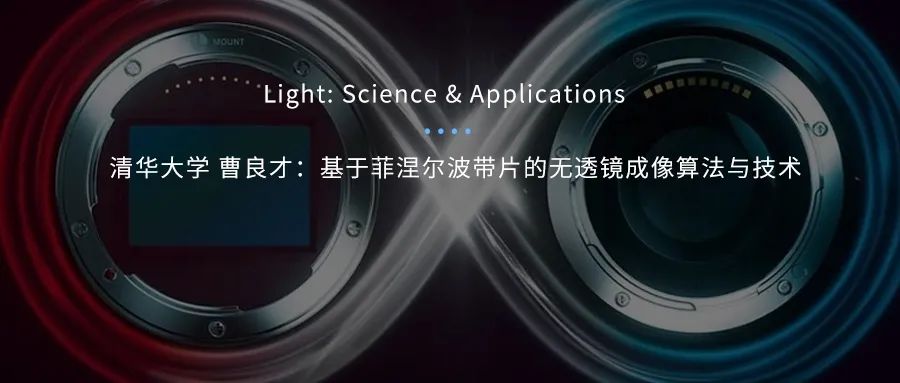
Entering the New Issue
Open Call for Papers:Light: Advanced Manufacturing
ISSN 2689-9620
Journal Website:www.light-am.com
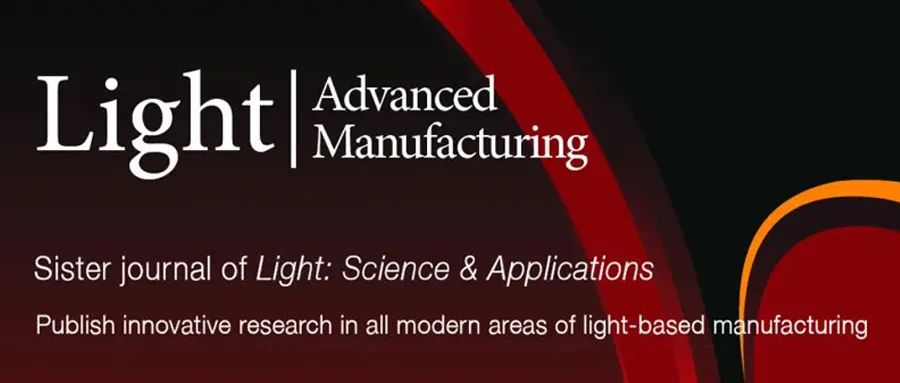
Stay Tuned
Coming Soon
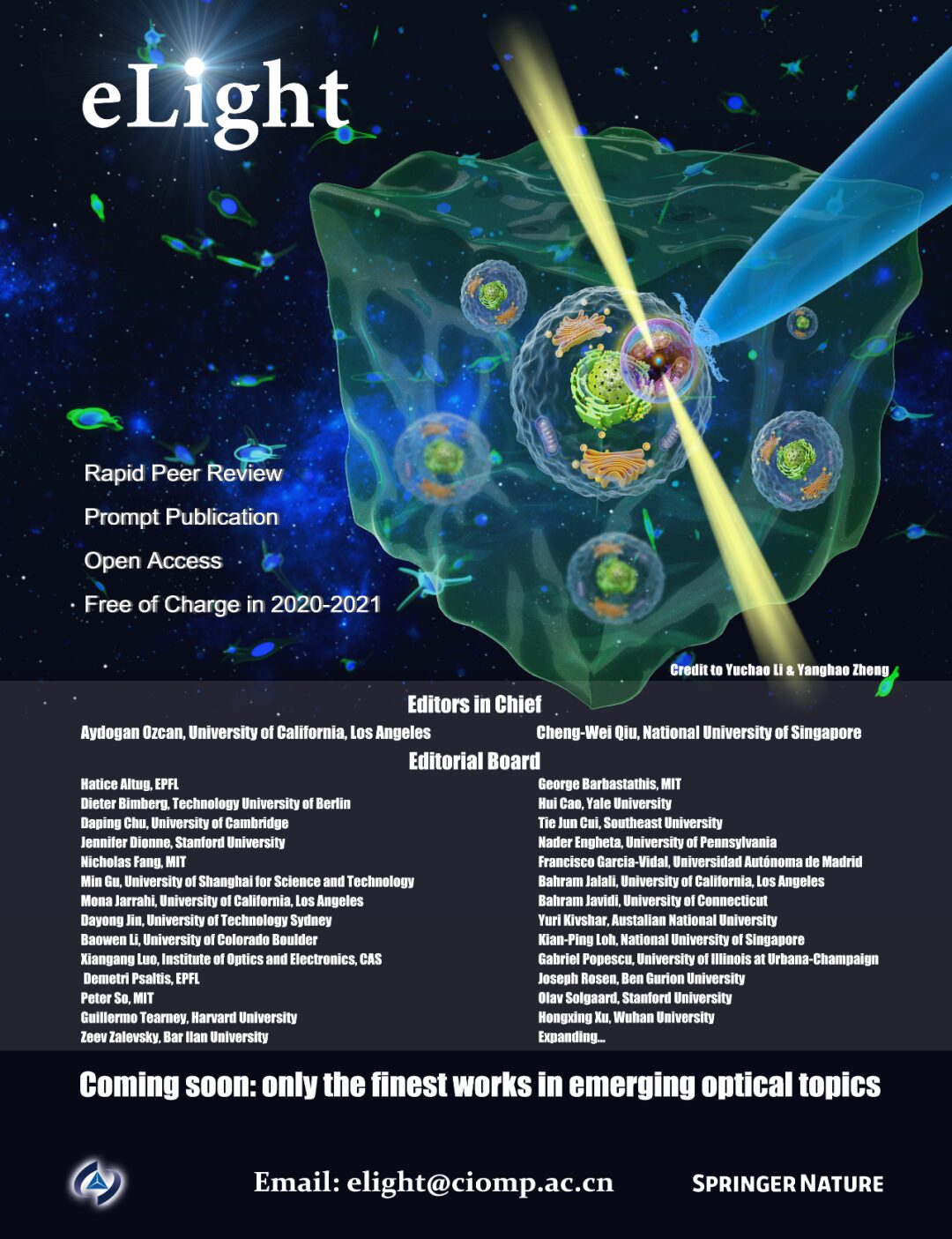

This is the 1269th article published by the Chinese Optics. If you find it helpful, sharing it with friends is the greatest recognition for us 
 【Changchun Institute of Optics, Fine Mechanics and Physics – Journal Navigation】
【Changchun Institute of Optics, Fine Mechanics and Physics – Journal Navigation】
